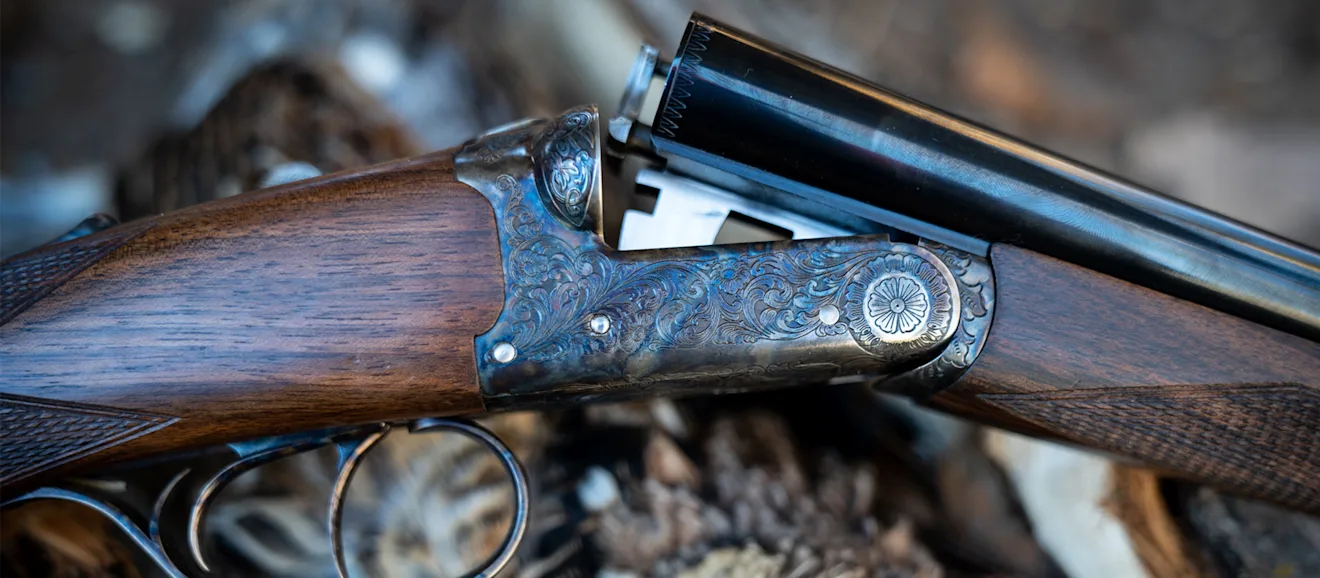The best way to make dreams come true is to start with realistic dreams in the first place. This especially applies to shotguns. I can dream of all the Purdeys and Fabbris I want to, but that doesn’t get me any closer to owning one. There are plenty of great guns out there that will let you live your dreams without killing your bank balance. To be clear, these dream guns are not collector’s items. These are guns to buy and use as hard as you want to. Nine of them are used guns, which, to my mind, are the best guns if you’re searching for value. One new gun makes this list, too. So, go ahead and dream a little, because here are 10 great shotguns worth pining for, saving for, and eventually adding to your gun safe.
1. Browning Auto 5
If you dream of the classic waterfowl semiauto...

The last word in waterfowl autoloaders was also the first, according to the Auto 5’s many fans, who will tell you—one hundred and twenty-four years after the gun's patent—that the Browning Auto 5 is still the best semiauto ever made. John Browning’s long-recoil design works in all weather. Although you do have to get used to the bouncy feel of the action, as the entire barrel moves back and springs forward when it cycles. You can buy one for less than the price of a do-it-all Beretta or Benelli, too. If you need to take your Auto 5 into a steel-framed pit or onto the rocks for sea ducks, find a synthetic stock for those special occasions. You have to change the friction rings around to switch from light to heavy loads. Who cares? This is a duck gun, and you’ll shoot duck loads out of it all the time. Keep the mag tube oiled, rely on Art’s Gun Shop in Missouri if you have any problems, and you’re ready for anything.
Auto 5s were made in Belgium from the 1900s to the 1970s (with the exception of WWII), then production moved to Japan for the last 20 years of the gun’s production. The Japanese Auto 5s are just as good as the more desirable Belgian guns, although they lack the round-knob pistol grip that contributed to the classic Auto 5 look. But they sell for less and shoot steel, too. That’s what I’d look for, although there are plenty of affordable Belgian Brownings out there if you want the classic. I would also stick with a 2¾-inch 12 or 20 and shoot bismuth if I wanted extra punch. The Blue Book lists 100%-condition 2 ¾-inch 12s and 20s in the $1,000-$1,500 range, but you don't need 100% condition for a good hunting gun.
Beretta 680
If you dream of the best-ever production O/U...
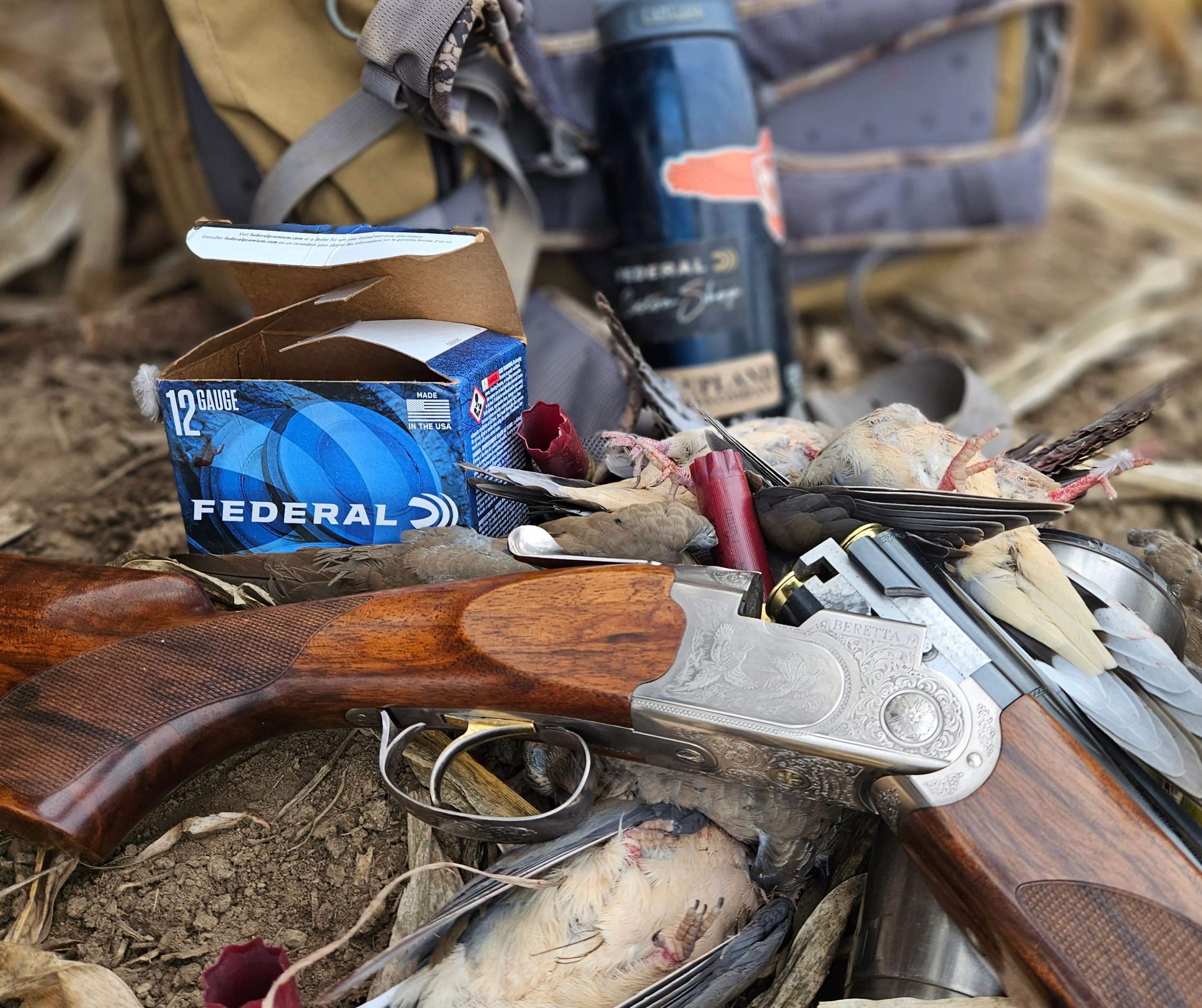
Although the Browning Superposed/Citori might like a word, it’s easy to argue that the guns of the Beretta 680 series are the greatest production O/Us ever made. Their low-profile action makes them natural pointers, and they are extremely durable. There is nothing wrong with the new 686s, but they don’t match what you can buy for the same money, or less, in an older gun, especially in terms of fit and finish.
These guns have been around since the late 1980s. Many have choke tubes and are fine with steel shot, too. Prices range among models, but you’ll pay around $1,500-1,600 for a gun like the 1991-vintage 686 Special I just snapped up. A 12-gauge with 26-inch barrels and choke tubes, it weighs 6 pounds, 14 ounces. There are lots of different grades and configurations out there, so shop until you find one that fits your dreams perfectly.
Pro Tip: If you want a target gun that has won at the Olympic level and you don’t want to pay Kreighoff/Perazzi/Beretta DT10 prices, the 682 target guns sell for $2,000 or less on the used market.
Pro Tip #2: The BL series that preceded the 680s are very similar, very good guns, too, if not steel-friendly. The 20s and 28s command premium prices, but the 12s are light and slim and sell for well under $1,000, depending on grade.
SKB 100
If you dream of a classic grouse gun...
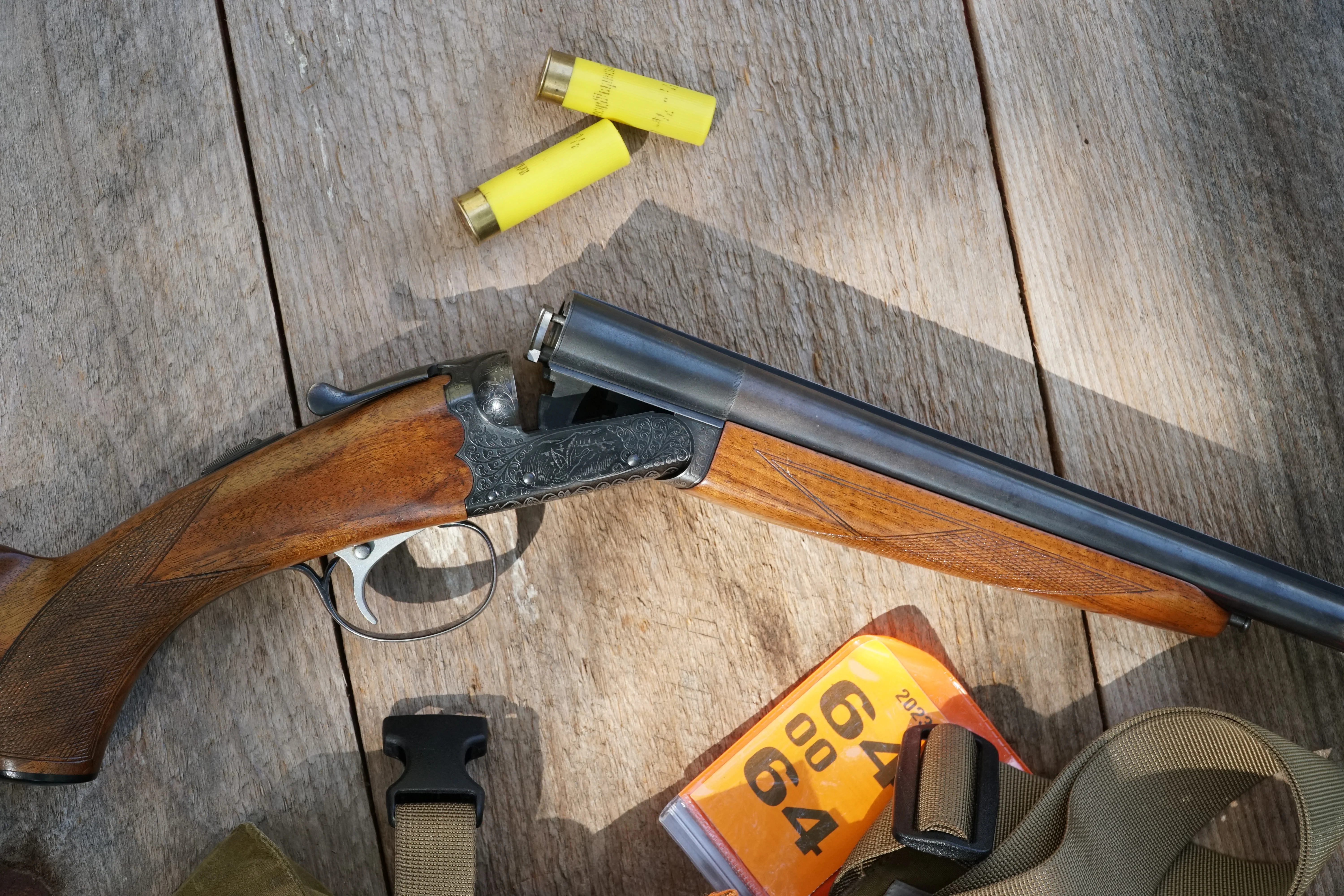
Classic grouse guns carry easily in one hand while you fight the branches with the other, and they don’t have to cost an arm and a leg. Ithaca imported a line of SKB side-by-sides in the 60s and 70s that weighed nothing, especially in the 25-inch-barreled version that grouse hunters still prize for its sub-6-pound weight. You can find more decoration in the higher grades, although honestly, I think the bright silver frames of those guns aren’t as good looking as the satin-black metal of the bare-bones Model 100. If you don’t mind a gun that’s been through the briars a time or two, you should be able to find one for $1,000 or a bit less.
Related: The Best Shotguns for Grouse Hunting
Ruger Gold Label
If you dream like I do...

In my very specific dreams, I shoot a MacNaughton or Dickson round-action side-by-side, which I believe to be the sleekest, best-looking shotguns ever made. Problem is, they start at $10,000 or so used and go up quickly from there. The Ruger Gold Label is the round-action I can shoot in this life, and I am okay with that. It is a genuine round action, with the same tiny, round frame of the Scottish guns I admire, and it’s a 6 ½-pound 12-gauge, easy to carry and easy to shoot straight. It is far from perfect: The thin-wall barrels have ripples, and the stainless receiver really should have been blued or case-colored for a more understated look. Yet, while it is nowhere near the equal of the Scottish guns in fit and finish, it is nowhere near their equal in price, either. Not many were made, and some command stupidly high prices, but one with a bit of field wear sells for $3,000-$3,500, which is a quarter the price of my real dream gun.
Winchester 3-Inch Model 12
If you dream of the ultimate slide-action sky-sweeper...
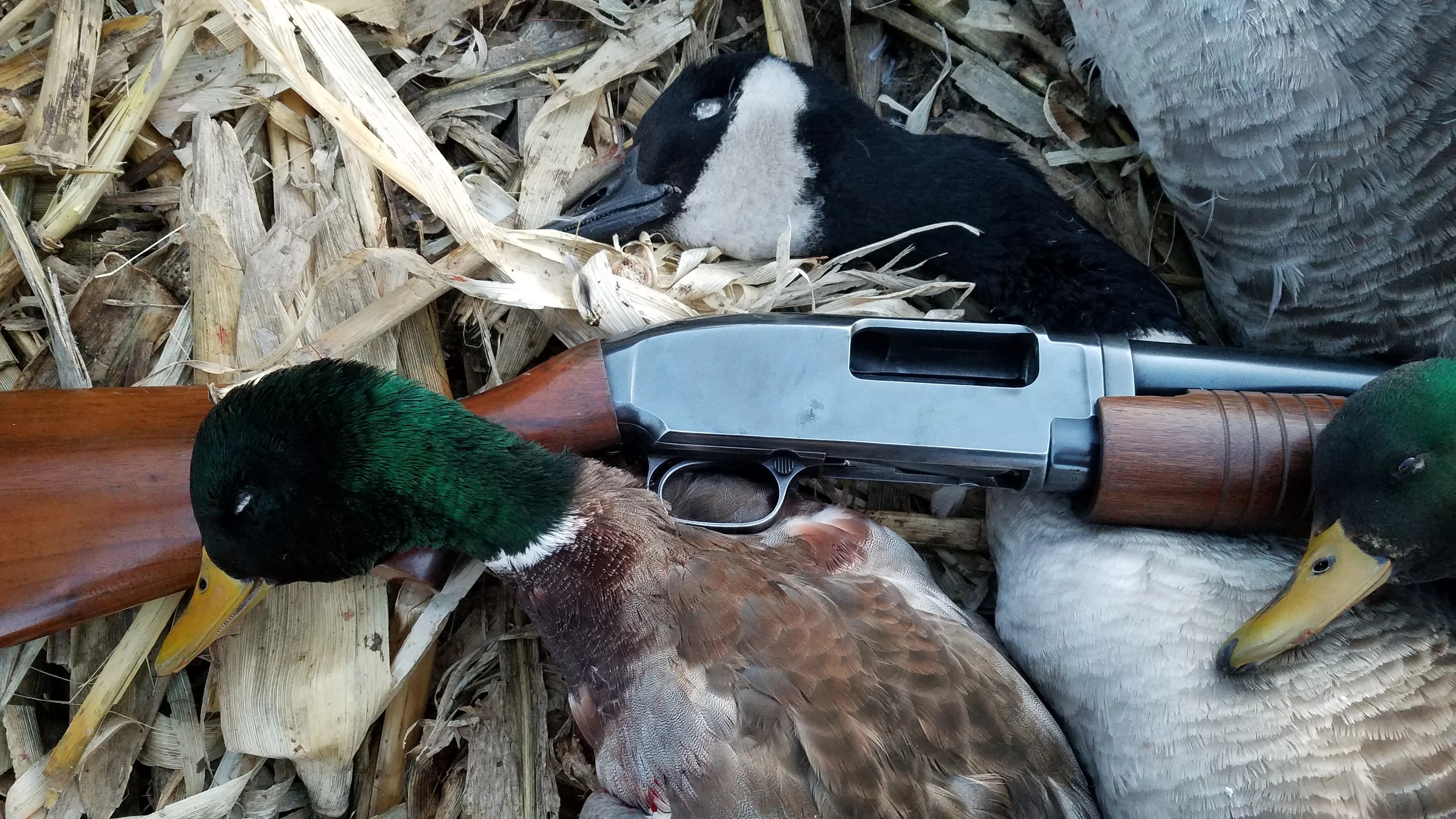
With Winchester’s introduction of the 3-inch magnum shotshell in the 1920s, there was a need for guns to shoot them. The 3-inch Winchester Model 12 pump met that need starting in 1935, and it became the closest thing to anti-aircraft artillery a duck hunter was allowed to own. Long-barreled, tight-choked, and beefed up, it was a big gun that handled beautifully for long-range shooting, and the famous Model 12 action seems to cycle itself.
From 1935 to 1963, the Model 12 was made with 30- and 32-inch plain barrels and vent ribs. Some of the older models, made for old, roll-crimp ammunition, aren’t quite long enough to cycle modern ammo. Mine, from 1959, shoots modern ammo with no problems, as do most of the later guns. I do baby it with bismuth shot, though. My gun is a 30-inch, plain-barreled gun and is the most affordable configuration by far. The vent and solid-rib models command prices north of $3,000, as do 32-inch barrels, but the plain barreled guns sell for $1,350 at most, and less if they’ve seen use in the blind.
Pro Tip: if you want even more barrel for less money, Marlin’s 3-inch, 12-gauge Model 120 pump came in a 40-inch barreled version for those who wanted to stick out (literally) along the firing line at the refuge. Those you can find for $300 or thereabouts.
An English Double
If you dream of tweeds and tweedy guns...
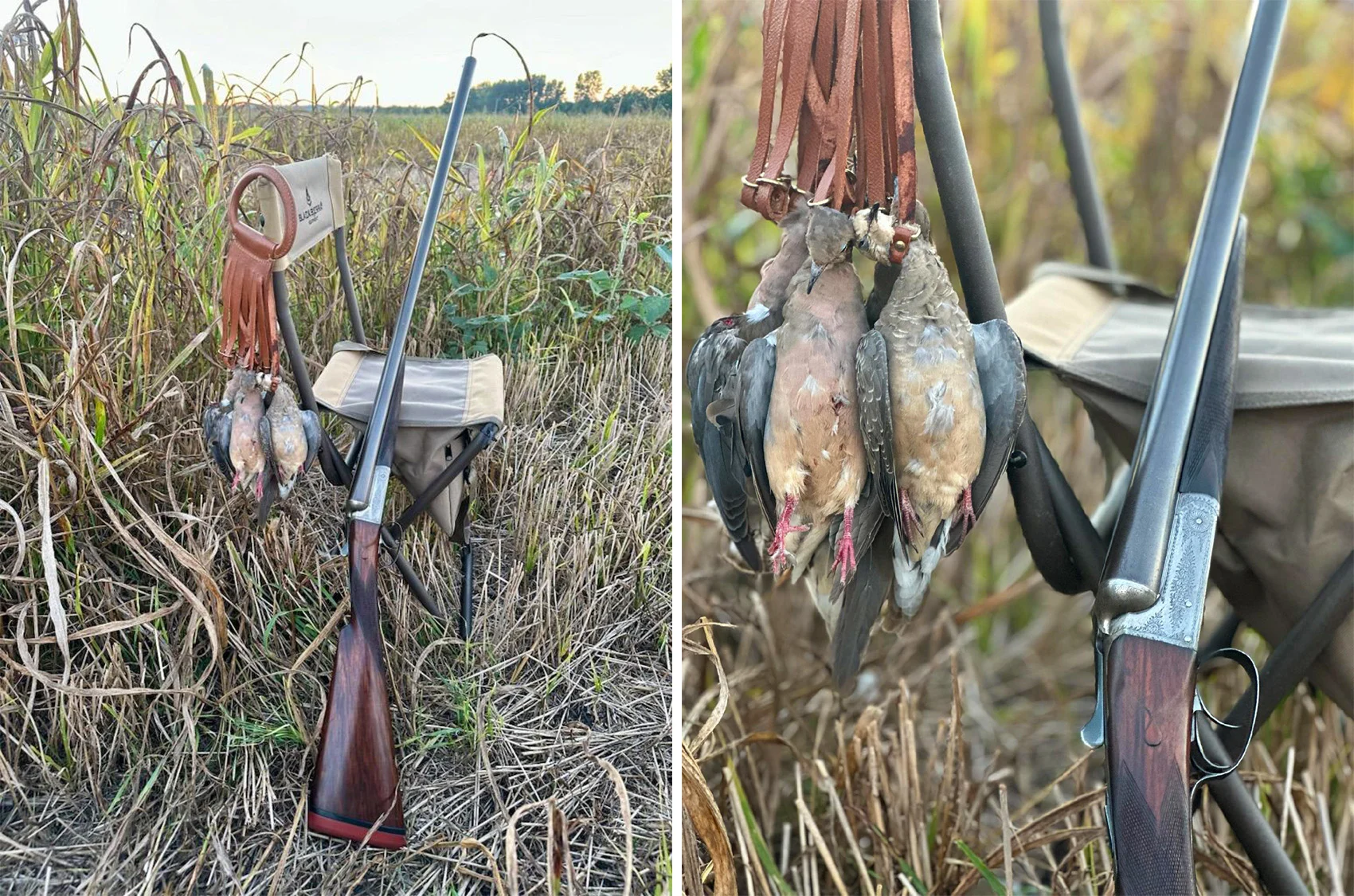
The classic British game gun, a sidelock Purdey or Holland and Holland made in London, sells in the five figures used, and in the six figures new. That doesn’t mean all British guns are out of reach. Old boxlock guns from a ton of different makers in Birmingham sell for shockingly low prices. They don’t have the cachet of London guns, nor are they sidelocks, but they are beautiful examples of British gunmaking, and they are made to last for generations. They are also primarily 12-gauges, which is one reason they’re affordable—because Americans are daft about smallbores—but these guns weigh about the same as many 20-gauges and make great hunting guns. To my mind, that makes them better.
You’ll have to educate yourself to learn about makers and proofmarks and the like, and understand that some of these guns may require special 2½-inch shells. Some, the real bargains, may have Damascus barrels that need a gunsmith’s inspection before you take them hunting. You can find your dream gun for $1,500-$4,000 and use all the money you saved to buy tweed shooting gear.
Related: Gorgeous Vintage Side-by-Side Shotguns You Can Afford
Browning Superposed
If you dream of an aspirational O/U...
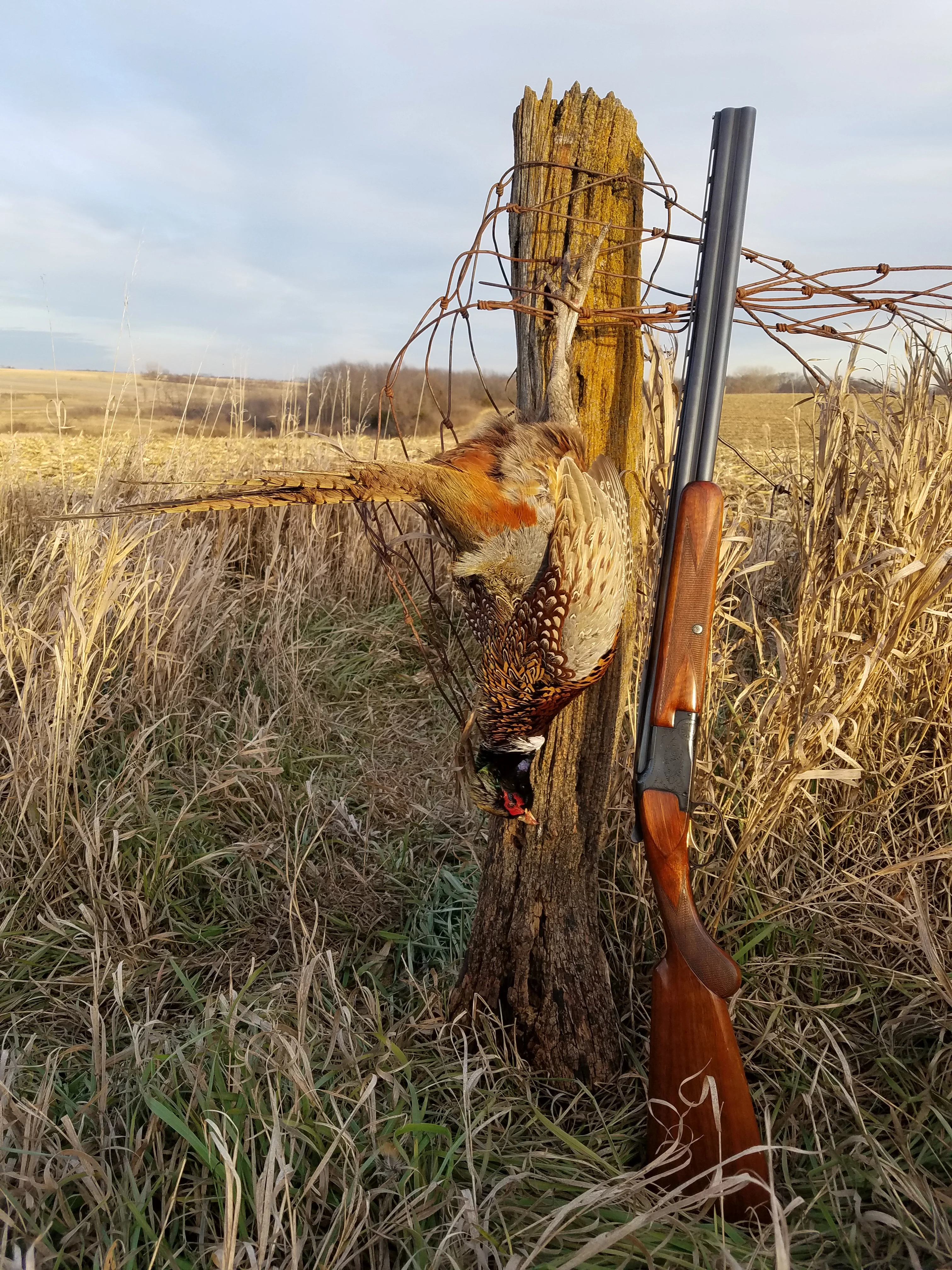
Aspiration is the stuff dreams are made of, and John Browning understood that when he designed the Superposed. At a time when the only O/Us were bespoke British guns, Browning came up with a gun that could be sold at a price that a working person could afford if they wanted it badly enough. The Belgian-made O/Us survived the Depression and WWII to find popularity in the 50s and 60s among regular folks who saved up for it.
Production ended in the 70s, though the Superposed survives as a custom gun. There are still plenty of those old production models around, and you can find one in great, huntable condition for $1,750, more or less. The catch is, it has to be a 12-gauge. The 20s sell for a good $500 more, and the 28s and .410s bring two and three times as much. A 12-gauge Superposed is an attainable piece of shotgunning history (“chunk of history” might be the better term, since they are not a light gun by any means), and a well-made, heirloom gun.
Charles Daly Miroku
If you dream of a high-quality O/U at a great price...
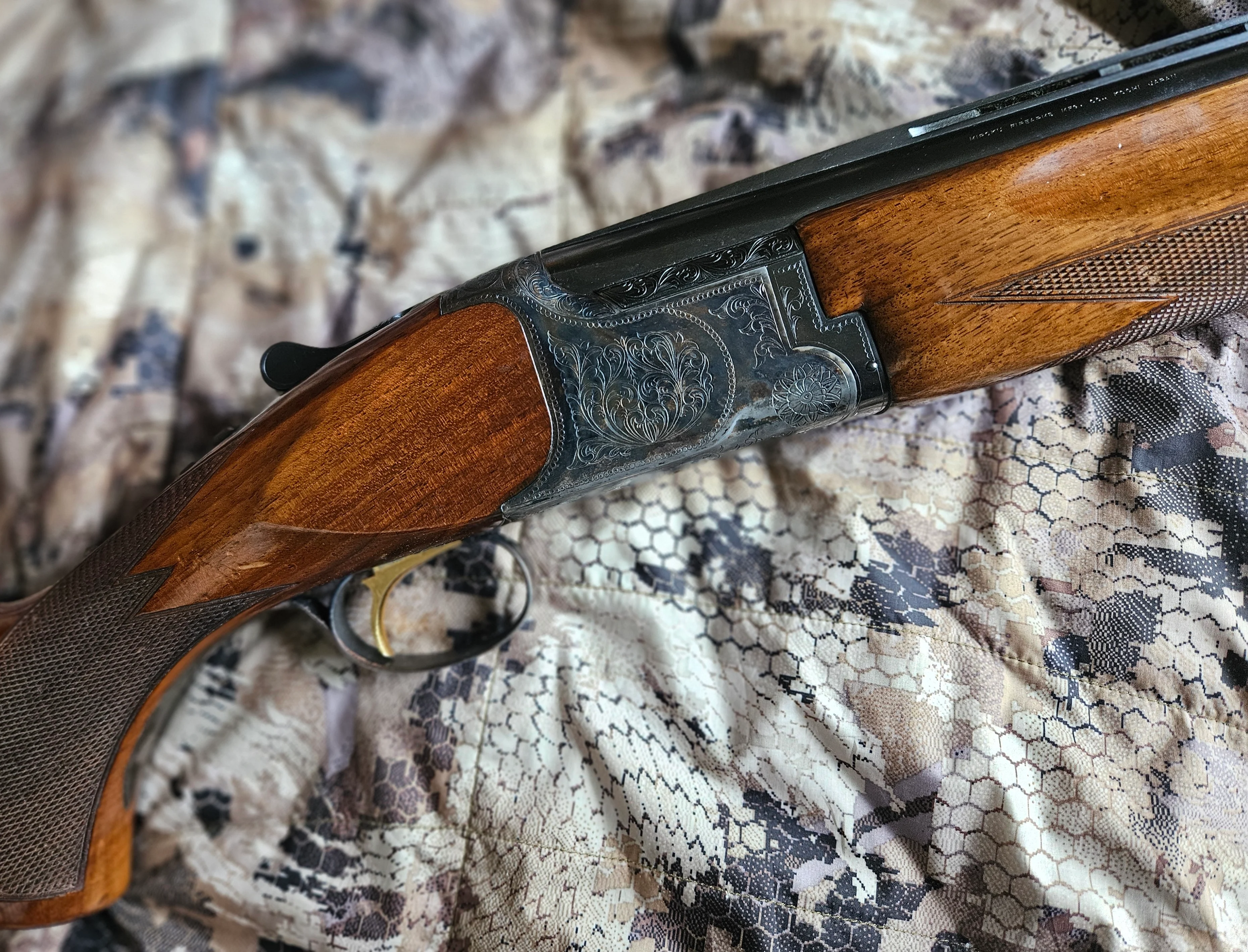
Charles Daly imported guns to the US beginning in 1873, and until 2010 the company he founded sourced shotguns from around the world. From 1963 to 1976, Daly guns came from Japan’s Miroku factory, known for its long association with Browning. Japanese Dalys were shameless Superposed knock-offs, with a different, simpler forend latch. The fit and finish of these guns is excellent, especially the engraving. Essentially, these guns are Citoris before there were Citoris, and they sell for the same money or often less. You’re getting more, too, at least in terms of looks. A great deal of handwork and old-fasioned gunmaking skill went into these guns, and you can find them for under $1,000. Do not confuse these with later, Turkish-made Dalys, which are not the stuff dreams are made of.
Fox Sterlingworth
If you dream of an American classic double...

The American doubles made in the first half of the last century still capture upland hunters’ imaginations. You can carry one into the coverts for less money than you might think. One of the great names in American double guns, A.H. Fox was founded in 1906. While founder Aynsley Fox left after only five years, the guns were made until 1945, with Savage owning the company from 1929 on. In 1911, Fox introduced the Sterlingworth as the company's bottom-of-the-line, unadorned, working-person’s gun. Inside, though, it was the same as any other Fox, simple and reliable, and it had the same handsome, sculpted frame that made Fox guns distinctive.
You can find a 12-gauge Sterlingworth around $1,500. A 16 will cost you half-again as much, and the 20s sell for double the price of a 12. However, all of these prices assume original condition. If a gun was refinished, restocked, reblued or case-colored, in most cases, the value drops a great deal. And, honestly, if you want a shooter, you might want a gun that’s been spruced up, as long the work was done well. In fact, a gun that has been restocked to modern dimensions (many older American guns have way more drop in the stock than we like today), might sell for less and be even better for what your purposes.
Upland Gun Company Zeus or Field
If you dream of a shotgun gun made just for you...
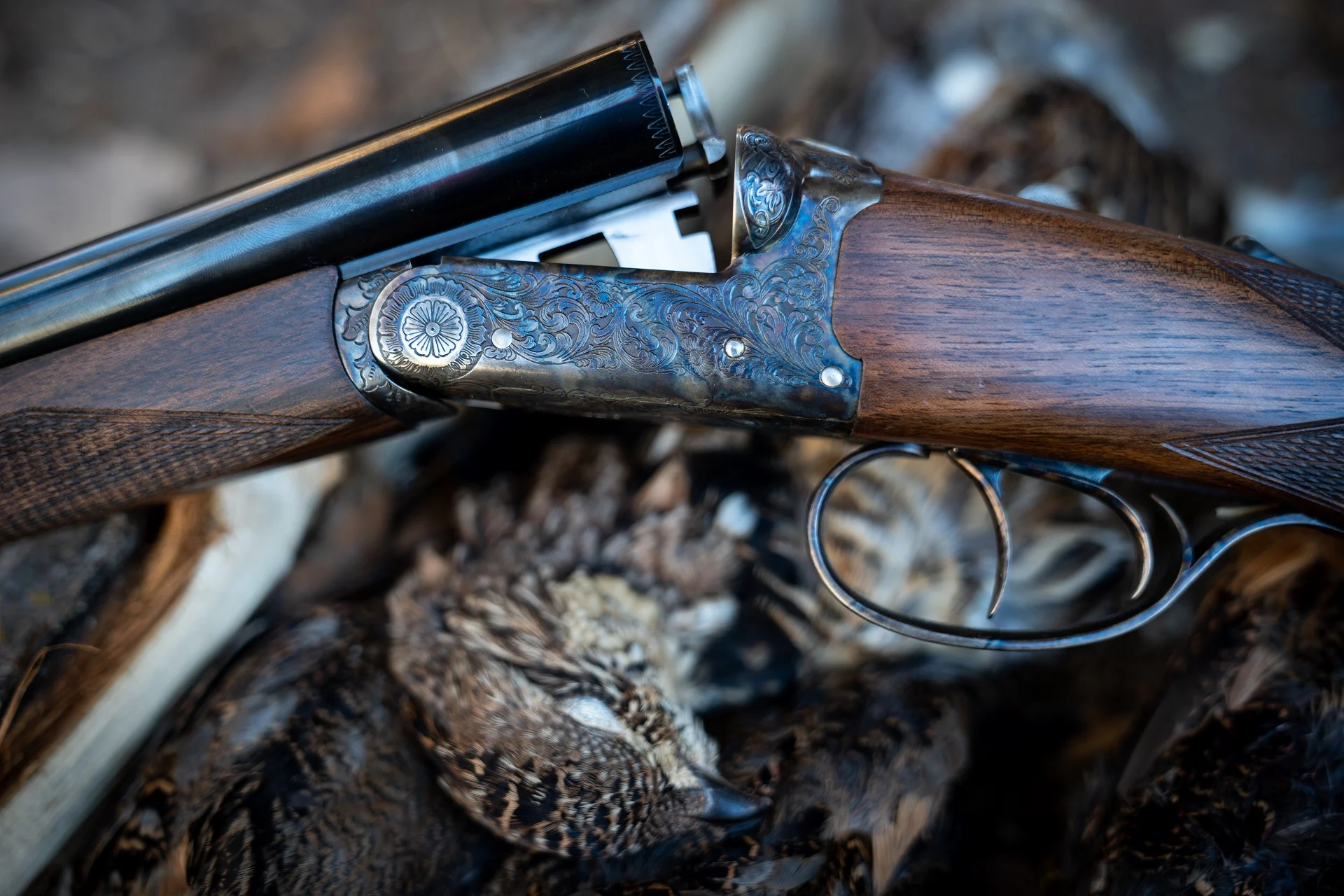
If you yearn for a bespoke double but you earn an off-the-rack income, you can still stretch for a custom gun. Upland Gun Company in northern Minnesota works with R.F.M. in Italy to offer O/Us and side-by-sides with a wide range of options. You order your gun, which includes custom stock dimensions and barrel length in the base price, add on whatever extras you want (careful, they add up), and in about eight months, a one-of-a-kind gun is yours. You can have custom engraving done, choose among various metal finishes, grades of walnut, add sideplates, initials, all kinds of extras are on the menu. If you can force yourself stick to the base-model Zeus side-by-side or the Field O/U and supply your own stock dimensions, you can get out for $2,499.
A fitting, done separately, can take a couple of hours with a fitter, and cost $350 to $500. If you have a gun that already fits perfectly, you can have your custom gun built to those dimensions. Otherwise, the fitting does add to the cost. I can tell you that a gun fitted to shoot exactly where you look is a wonderful thing. Even if you have to get a fitting done and can’t resist an add-on or two, the Upland Gun Company guns are great deals in true custom-stocked guns.

